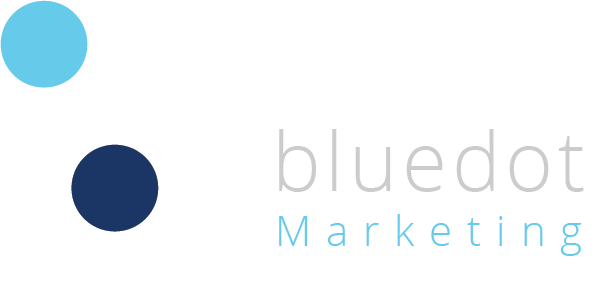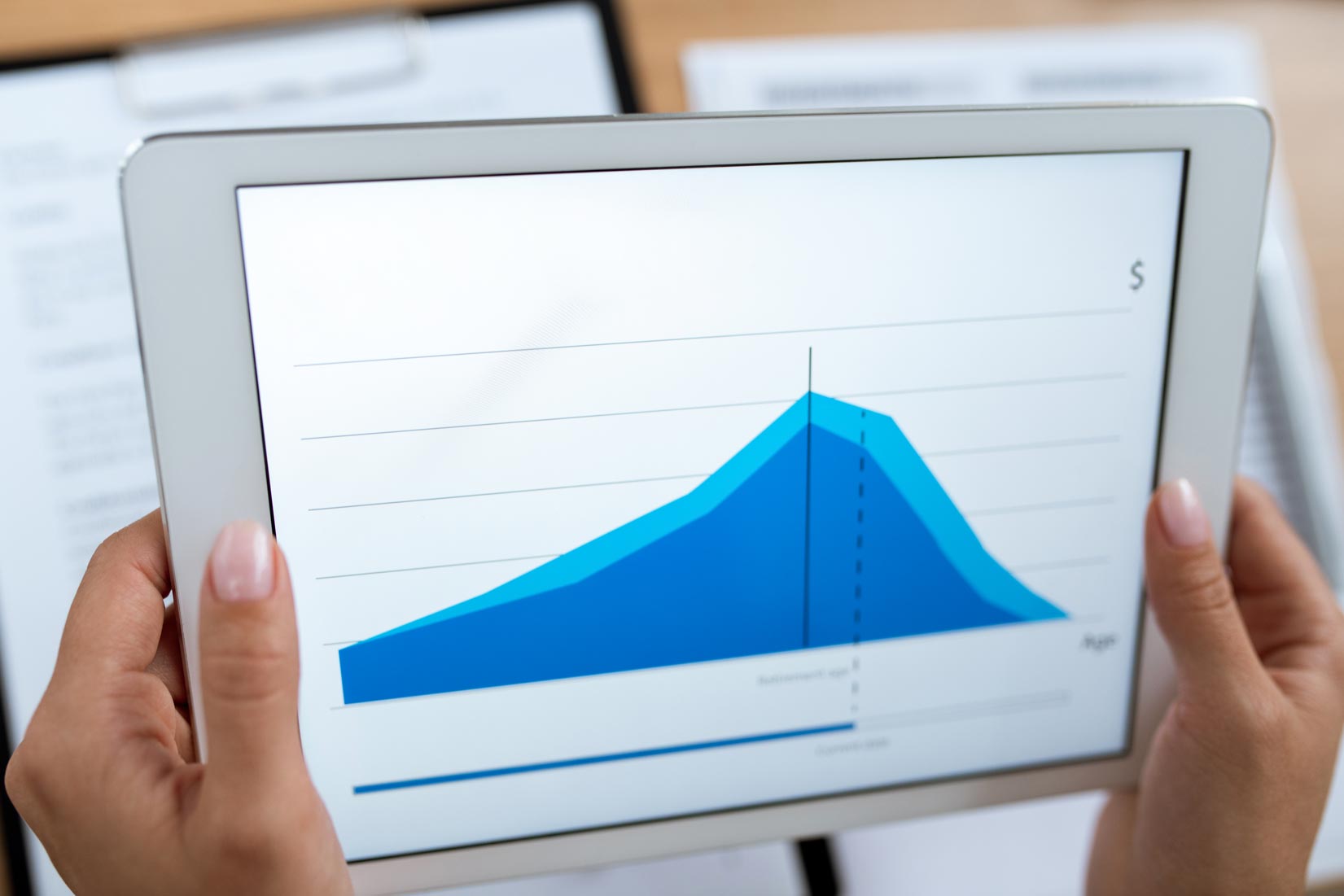Internal linking is a fundamental aspect of search engine optimization (SEO) that often goes unnoticed. While much attention is given to external backlinks, internal links are pivotal in enhancing website visibility, improving user experience, and driving organic traffic. In this comprehensive guide, we delve into the importance of internal linking and how you can leverage it to optimize your SEO performance.
Understanding Internal Links
Internal links are hyperlinks that connect one page of a website to another page within the same domain. These links enable users to navigate between different sections of your website and facilitate the flow of link equity (also known as link juice) throughout your site. Unlike external backlinks, which originate from other websites, internal links are entirely within your control, offering a valuable opportunity to shape the structure and hierarchy of your website.
Key Benefits of Internal Linking for SEO
Improved Crawling and Indexing: Internal links provide search engine crawlers with pathways to discover and index new pages on your website more efficiently. By strategically interlinking relevant pages, you can ensure that no valuable content remains hidden from search engines, maximizing your website’s visibility in search results.
Enhanced Website Structure: Proper internal linking helps establish a logical hierarchy and structure for your website, making it easier for users and search engines to navigate and understand the relationship between different pages and topics. A well-organized site structure can improve search rankings and user engagement.
Distributed Link Equity: When you link from one page to another within your website, you pass on a portion of the linking page’s authority and relevance to the linked page. This link equity distribution can boost the visibility and ranking potential of essential pages, particularly those buried deep within your site’s architecture.
Keyword Optimization: By incorporating relevant anchor text (the clickable text of a hyperlink) into your internal links, you can signal the topical relevance and context of the linked pages to search engines. Strategic use of keywords in anchor text can strengthen the semantic relationship between interconnected pages and contribute to improved keyword rankings.
Reduced Bounce Rate and Improved User Engagement
Thoughtfully placed internal links can encourage users to explore additional content within your website, reducing bounce rates and increasing session durations. You can enhance user experience and foster deeper engagement with your brand by guiding visitors to relevant pages and resources.
Best Practices for Internal Linking
Create a Hierarchical Site Structure: Organize your website into logical categories and subcategories, ensuring each page serves a distinct purpose and aligns with specific topics or themes. Establish a clear hierarchy of pages, with important cornerstone content positioned prominently and supported by relevant subpages.
Use Descriptive Anchor Text: Choose anchor text that accurately describes the linked page’s content while incorporating relevant keywords where appropriate. Avoid generic phrases like “click here” or “read more” in favour of descriptive, keyword-rich anchor text that provides context to users and search engines.
Prioritize Relevance and Context: When adding internal links, prioritize relevance and context by connecting related pages that offer complementary information or expand upon a particular topic. Consider the user’s journey and aim to guide them seamlessly through your website’s content hierarchy.
Audit and Update Internal Links Regularly: Conduct periodic audits of your website’s internal linking structure to identify broken links, orphaned pages, or opportunities for optimization. Use tools like Google Search Console and website crawlers to analyze internal link patterns and address any issues promptly.
Avoid Over-Optimization and Spammy Tactics: While internal linking benefits SEO, excessive linking, or manipulative tactics such as keyword stuffing in anchor text can have adverse effects. Focus on providing value to users through relevant, natural internal linking practices rather than solely optimizing for search engines.
Internal linking is a powerful yet often overlooked aspect of SEO that can significantly impact your website’s visibility, authority, and user experience. Remember, the key lies in creating a seamless, interconnected web of content that guides users on a journey of discovery while signalling the depth and breadth of your website’s relevance and authority to search engines.
Need to boost your site’s SEO? Speak to an SEO expert at Bluedot Marketing today and drive more organic traffic to your site.






